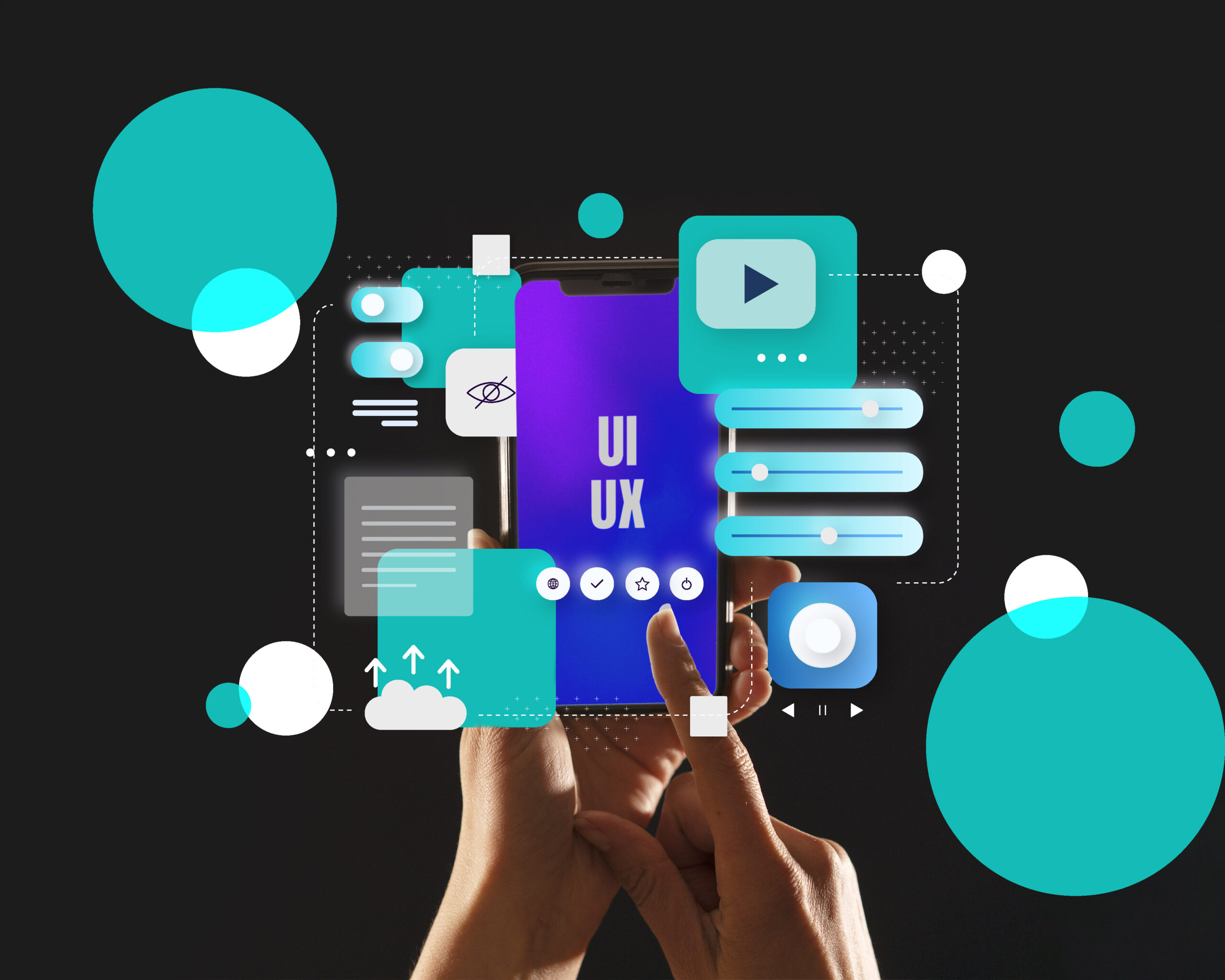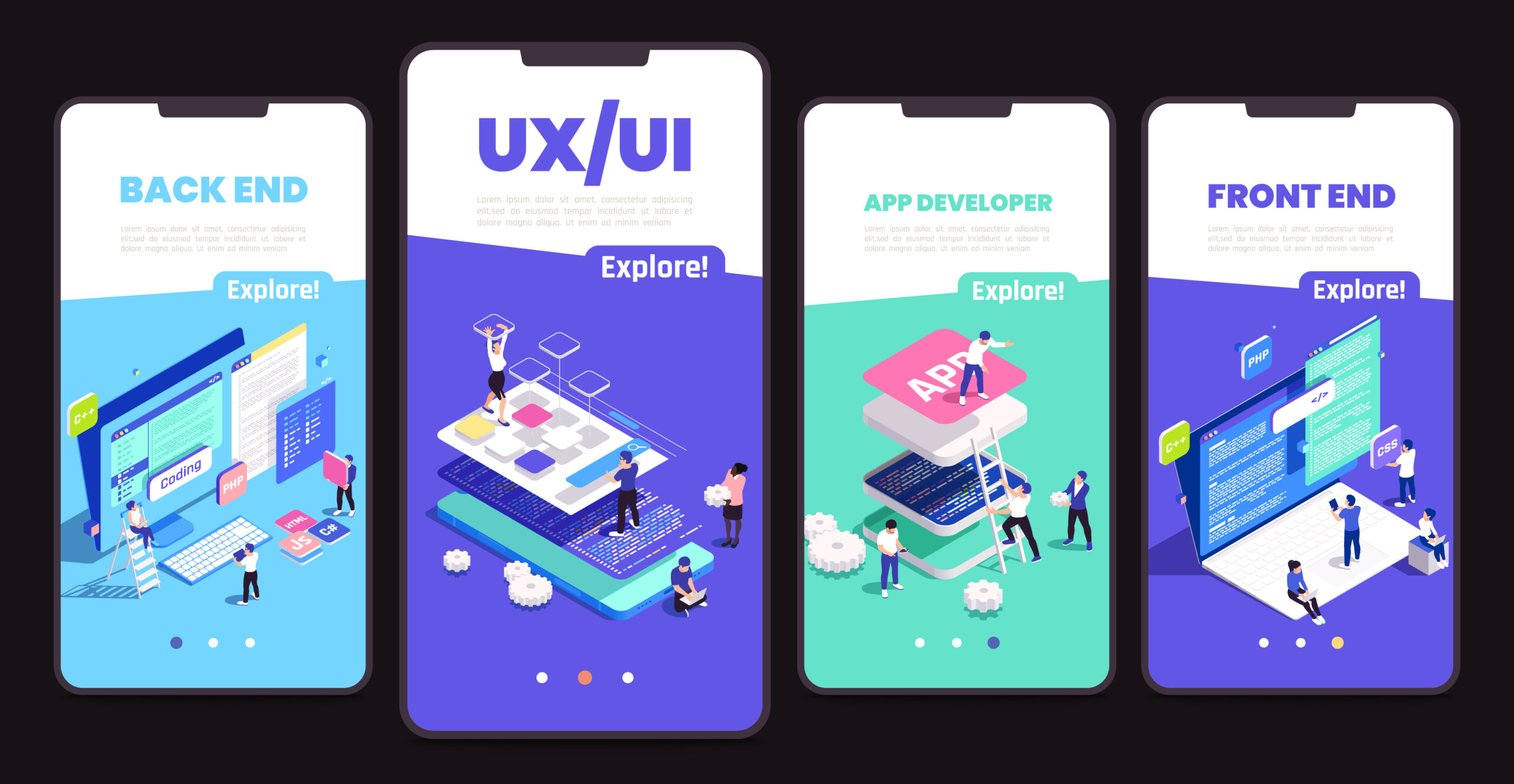Revolutionizing User Experience: Unlocking Design Excellence with 7 Innovative UI-UX Methods
In the dynamic realm of digital communication, the significance of User Interface (UI) and User Experience (UX) design has grown exponentially. Designers are continuously looking for new and creative ways to transform the way people engage with digital products in response to user demands for more intuitive, engaging, and seamless experiences. Here, we look at 7 Modern UI-UX methods that can unlock creative brilliance and improve user experiences to unprecedented levels.
Table of Contents

Conversational Interfaces:
Conversational interfaces are revolutionizing user interaction with digital platforms through the use of artificial intelligence and natural language processing. These UIs provide a more engaging and intuitive experience by simulating human speech. Personalized advice, real-time support, and guidance through intricate procedures can all be provided by designers through the use of chatbots, voice assistants, and messaging apps.
Gesture-Based Navigation:
With the use of gesture-based navigation, users may engage with digital interfaces by swiping, pinching, and tapping—all of which are natural motions and actions. Designers may produce more intuitive and immersive experiences that react to the user’s touch and motion by doing away with conventional buttons and menus. Gesture-based navigation improves usability, accessibility, and engagement by allowing users to navigate material fluidly and easily on mobile devices and virtual reality headsets.

Augmented Reality (AR) Integration:
Through the combination of digital and physical worlds, augmented reality (AR) enables users to interact with digital content in real-world settings. Augmented Reality (AR) improves interactive storytelling, spatial awareness, and product visualization by superimposing virtual components over the user’s environment. Using augmented reality (AR) technology, designers can produce interactive marketing campaigns, immersive product demos, and educational experiences that attract users and encourage deeper interaction.
Microinteractions:
Microinteractions are little yet effective design cues that improve the user experience by letting people know what’s happening right away and entertaining them with sounds, animations, or visual signals. Microinteractions provide digital interfaces individuality and charm, which makes them more memorable and engaging. Examples of these include like a post on social media or confirming a purchase in an e-commerce app. Designers have the ability to create memorable experiences for consumers by meticulously constructing microinteractions.

Progressive Disclosure:
According to the design idea of progressive disclosure, information is progressively revealed in response to the user’s choices and behaviors. Through the use of selective front-end content and contextual help, designers can minimize cognitive overload, simplify intricate user interfaces, and assist users in navigating the user journey. Progressive disclosure guarantees that users may obtain the information they require without feeling overwhelmed or perplexed, whether it is through a multi-step form, a product configurator, or a help center.
Dark Mode Optimization:
Designing interfaces with dark color schemes reduces eye strain, preserves battery life, and produces an eye-catching visual. This process is known as “dark mode optimization.” Designers can take advantage of this trend to improve accessibility and usability for users in low-light situations or for individuals who have sensitivity to bright screens as more platforms and devices offer dark mode options. Designers may produce aesthetically pleasing interfaces that adjust to the user’s choices and surroundings by carefully balancing bright and dark elements.

Personalization and Contextualization:
Designers can customize the user experience to each user’s preferences, actions, and circumstances by using personalization and contextualization. Designers are able to predict the wants and preferences of users by using data analytics, machine learning, and user feedback to create tailored content, recommendations, and interactions. Contextualization and personalization improve relevance, engagement, and pleasure in a variety of app contexts, from location-based services in travel apps to tailored suggestions in e-commerce apps.
UI-UX Methods:
There has been a paradigm shift in the way designers approach digital interaction with these 7 creative UI-UX methods. Designers may change user experiences and unlock design excellence by embracing gesture-based navigation, conversational interfaces, AR integration, microinteractions, progressive disclosure, dark mode optimization, and personalization/contextualization. Brilliko Institute of Multimedia provides higher level education regarding UI-UX methods. These techniques provide UI-UX designers countless opportunities for innovation and creativity, whether they are used to create immersive augmented reality experiences, delight users with microinteractions, or personalize information depending on user preferences. Designers need to be flexible and nimble as technology and consumer expectations change, always looking for new methods to improve user experience and produce outstanding digital products.



